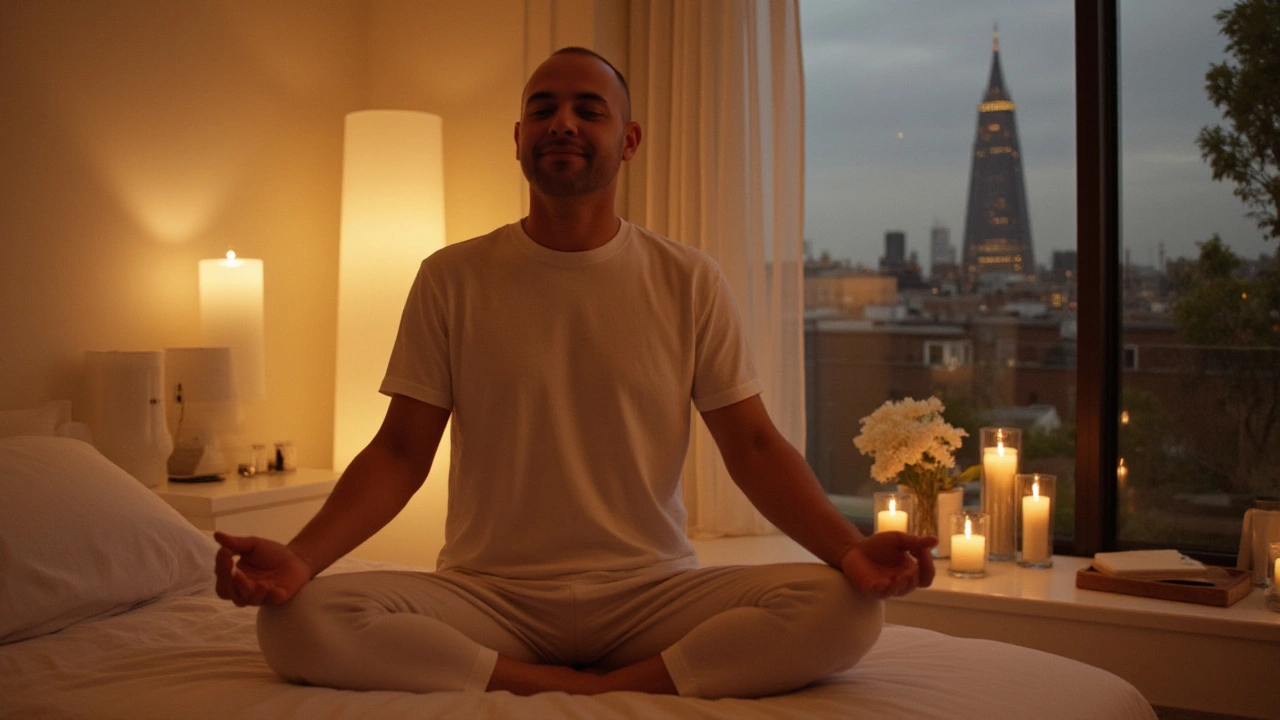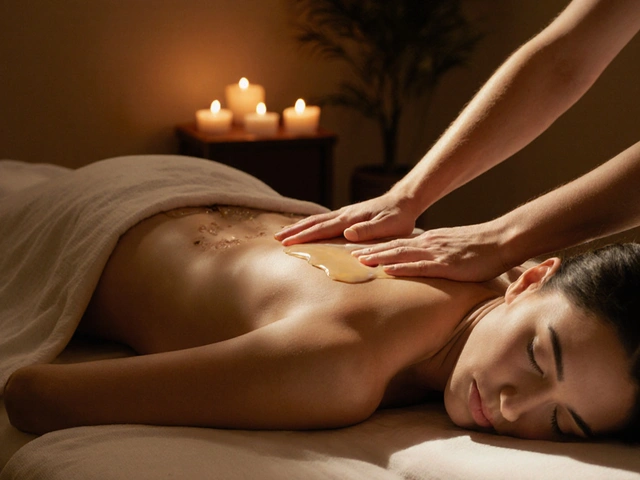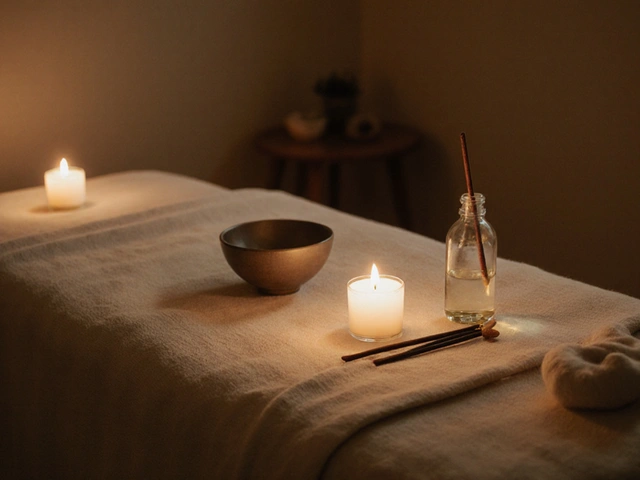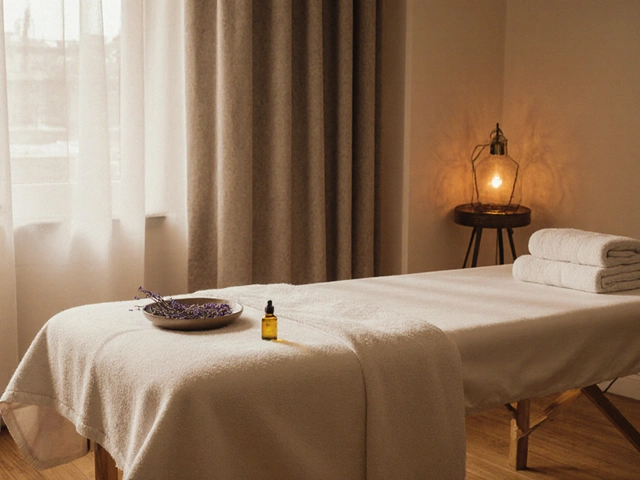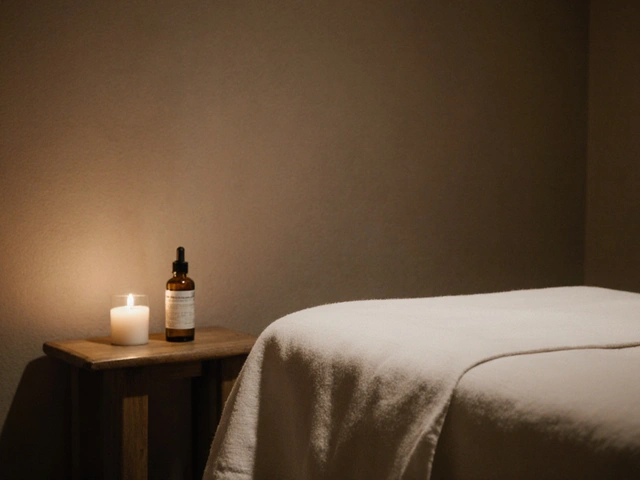Relaxing Massage: What It Does and How to Get the Most Out of It
If you ever feel wired after a long day, a relaxing massage might be the quickest fix. It isn’t just a luxury; it’s a simple way to lower stress, ease sore muscles, and help your body reset. All you need is a comfortable space, a qualified therapist, and a few basics to make the experience count.
Why a Relaxing Massage Matters
First off, a good massage drops cortisol – the stress hormone – and lifts serotonin, which lifts mood. That means you’ll feel calmer right after the session, and often sleep better that night. Muscles that are knotted or tense get loosened, so everyday movements feel easier. It also improves circulation, helping nutrients reach cells faster and waste clear out quicker.
People who get regular massages report fewer headaches, less anxiety, and better focus at work. Even a short 30‑minute session can reset your nervous system, especially if you combine it with deep breathing. It’s not about fancy techniques; the simple act of steady pressure and smooth strokes does the trick.
How to Choose and Prepare for Your Session
Start by looking for a therapist who is certified and has good reviews. Ask friends or check local listings for places that specialize in relaxation rather than intense deep‑tissue work. When you book, mention any injuries or areas that need extra care – a good therapist will adjust pressure accordingly.
On the day of your massage, wear comfortable clothing and bring a bottle of water. Hydration helps flush out toxins released during the massage. Arrive a few minutes early to fill out a short health questionnaire and chat about your goals. This helps the therapist tailor the session to your needs.
During the massage, focus on your breathing. Inhale through the nose, exhale through the mouth, and let each breath guide you deeper into relaxation. If the pressure feels too strong, speak up – communication ensures you get the right amount of pressure without discomfort.
After the session, give yourself at least 20 minutes before jumping back into a busy schedule. Drink more water, stretch gently, and notice how your body feels. Most people feel a lingering calm for hours, and a nightly stretch can extend the benefits into better sleep.
To keep the gains, aim for a massage every 4‑6 weeks. Pair it with simple at‑home moves like neck rolls or shoulder shrugs, and you’ll notice a steady drop in daily tension. Over time, your body learns to stay looser, and stress won’t bounce back as quickly.
In short, a relaxing massage is a low‑cost, high‑reward habit. It cuts stress, eases aches, and boosts overall well‑being. By picking the right therapist, preparing properly, and listening to your body, you’ll turn a simple session into a powerful tool for everyday health.
Lingam Massage in London: Ultimate Guide to Relaxation & Wellness
Find out how lingam massage in London offers a unique blend of deep relaxation, stress relief, and heightened body awareness. Discover history, techniques, benefits, and expert tips for a memorable, safe experience.
Read More